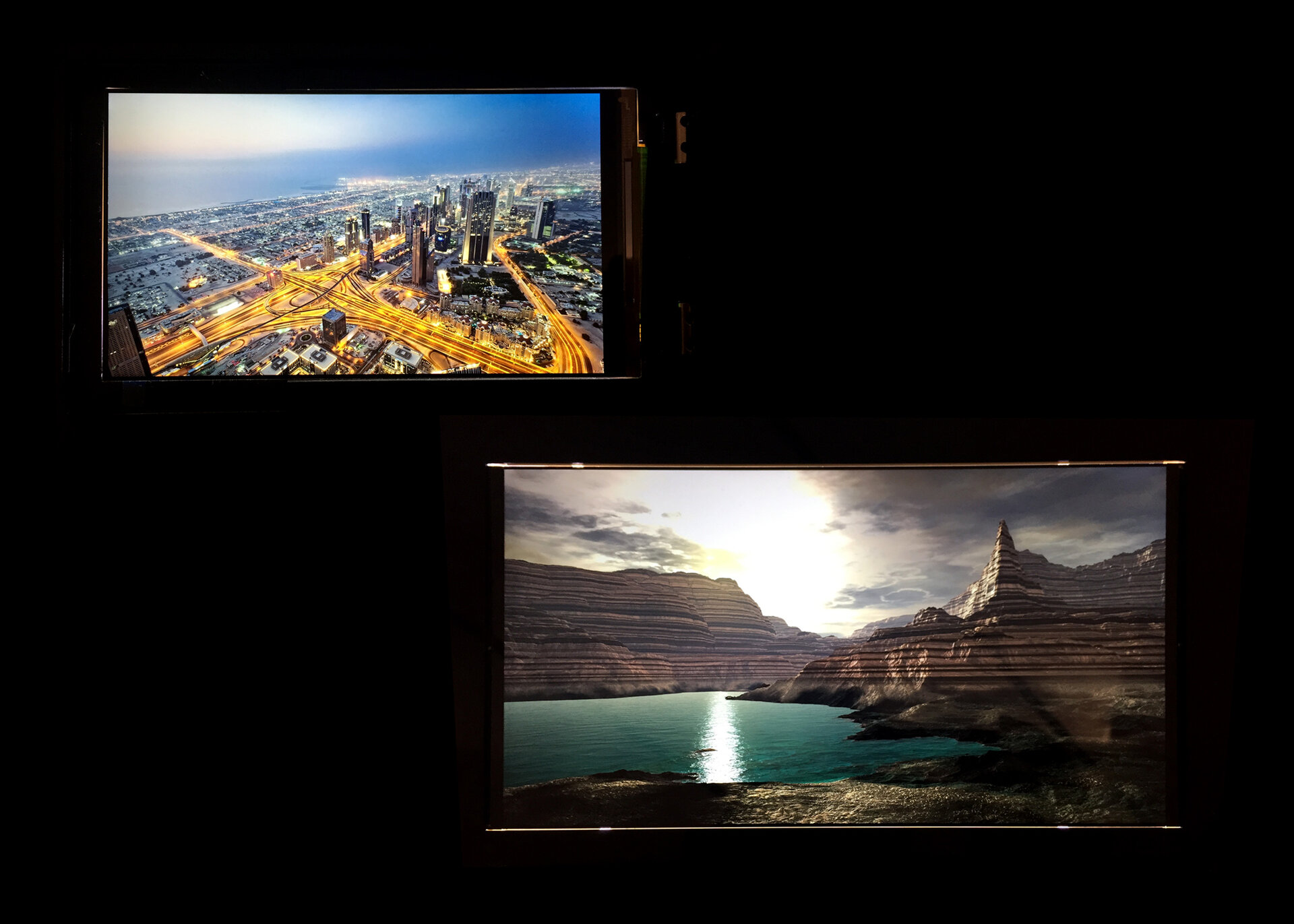Affiliate links on Android Authority may earn us a commission. Learn more.
Record-breaking 847 PPI screens will hit the market soon
May 25, 2016


Quad HD is the norm on high-end devices right now, and Full HD is still holding strong. But in research labs and factory floors in Asia, the next class of displays is approaching graduation.
Chinese display manufacturer Tianma is exhibiting its new LCD panels at the Display Week conference in San Francisco. What’s special about Tianma’s displays is their very high pixel density – 847 pixels per inch. That’s higher than the pixel density of current flagships, including the Galaxy S7 (577 ppi) or the LG G5 (554 ppi), and even higher than the 4K display of the Xperia Z5 Premium (806 ppi).
Sony’s Z5 Premium is the first commercial smartphone to deliver 4K resolution, but the device only runs in 4K when displaying 4K video content and down-samples to Quad HD during normal operation.
Tianma is showcasing a 5.2-inch “real” 4K x 2K display for smartphones and a 10.4-inch 8K x 4K display for tablets and laptops. Both feature low-temperature polysilicon (LTPS) construction and a technology called negative LCD for a contrast rate of 1200:1. That’s similar to what you get on the HTC One M9, for instance.
“We’ve pushed the boundaries of design and process limitations in TFT, CF material, and cell processes to achieve 847 PPI,” said Lu Do, Director of Marketing, Tianma NLT USA. Tianma’s products are heading to market as soon as the middle of 2016, meaning that smartphones and tablets featuring them are not far down the lane.
The limits of human eyesight may appear to make the jump from Quad HD to 4K smartphones a moot point, but there’s one trend that will spur the adoption of 4K screens, and beyond. Virtual reality requires the highest possible pixel density, in order to avoid the screen-door effect and combat motion sickness. With Google, Samsung and many others betting on mobile-powered VR, display manufacturers have a very strong incentive to bring 4K screens to market.
Tianma isn’t even a heavy hitter in the world of display manufacturers. Expects giants like LG Display, Samsung Display, and Foxconn-owned Sharp to show off their own 4K tech soon.